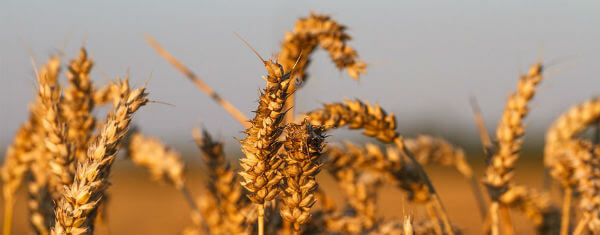
Nature reports: Two Middle Eastern populations independently developed farming and then spread the technology to Europe, Africa and Asia, according to the genomes of 44 people who lived thousands of years ago in present-day Armenia, Turkey, Israel, Jordan and Iran.
Posted on 17 June on the bioRxiv preprint server1, the research supports archaeological evidence about the multiple origins of farming, and represents the first detailed look at the ancestry of the individuals behind one of the most important periods in human history — the Neolithic revolution.
Some 11,000 years ago, humans living in the ancient Middle East region called the Fertile Crescent shifted from a nomadic existence, based on hunting game and gathering wild plants, to a more sedentary lifestyle that would later give rise to permanent settlements. Over thousands of years, these early farmers domesticated the first crops and transformed sheep, wild boars and other creatures into domestic animals.
Dozens of studies have examined the genetics of the first European farmers, who emigrated from the Middle East beginning some 8,000 years ago, but the hot climes of the Fertile Crescent had made it difficult to obtain ancient DNA from remains found there. Advances in extracting DNA from a tiny ear bone called the petrous allowed a team led by Iosif Lazaridis and David Reich, population geneticists at Harvard Medical School in Boston, Massachusetts, to analyse the genomes of the 44 Middle Eastern individuals, who lived between 14,000 and 3,500 years ago. [Continue reading…]

